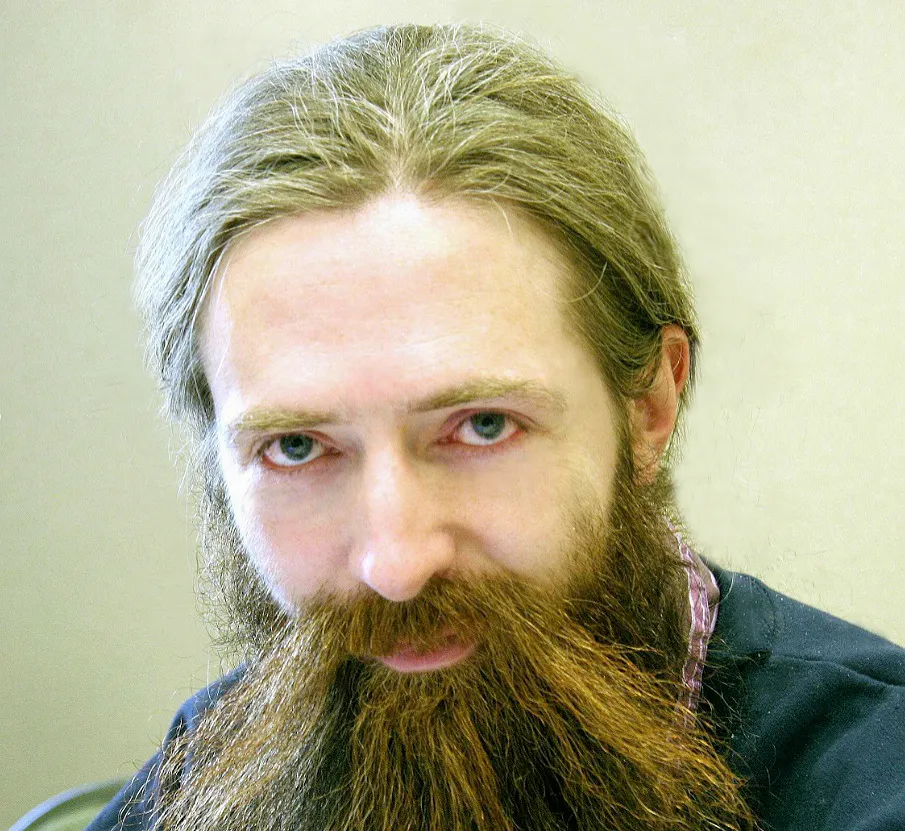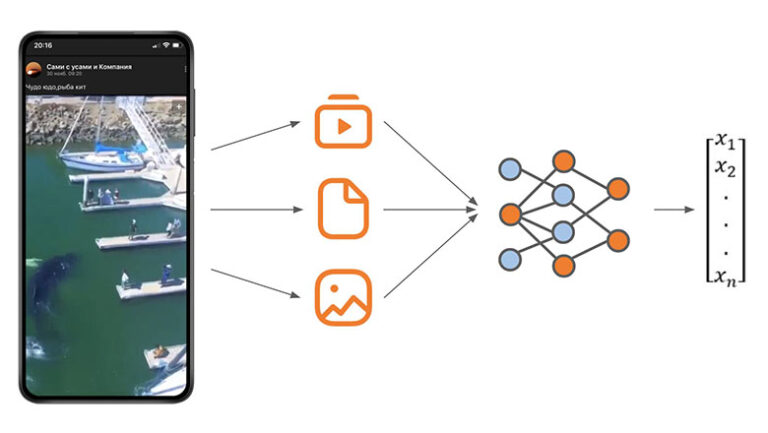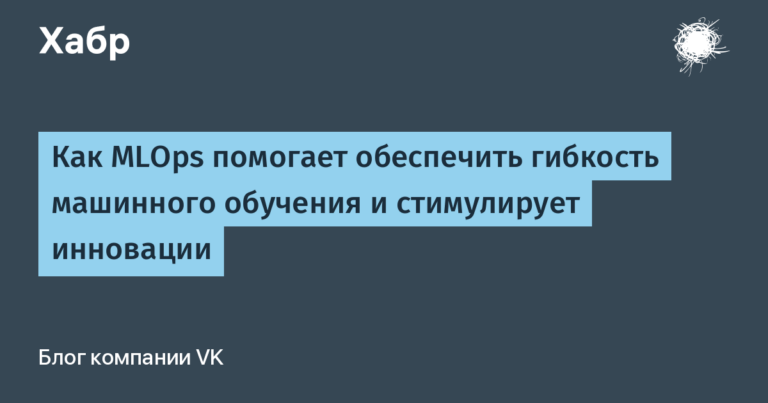Interview with Aubrey de Grey

What is aging? We can define it as a process of accumulation of molecular and cellular damage resulting from normal metabolism. While researchers still have little understanding of how metabolic processes cause damage to accumulate, and how accumulated damage causes pathology, the damage itself – the structural differences between old and young tissue – has been classified and studied very well. By repairing the damage and restoring the former – undamaged – youthful state of the body, we will really rejuvenate it! Sounds very promising, and it is. And for some types of damage (such as senescent cells) it has been shown to work!
Today in our virtual studio somewhere between cold rainy St. Petersburg and warm sunny Mountain View we meet again Aubrey de Grey. For those of you who are not familiar with it, below is a summary.
Doctor Aubrey de Gray – biomedical gerontologist who explores the idea of negligible aging in humans and founded SENS Research Foundation. He received his BSc in Computer Science and PhD in Biology from the University of Cambridge in 1985 and 2000. Dr. de Gray is the editor-in-chief of the journal Rejuvenation Research, a member of the Gerontological Society of America and the American Aging Association, and serves on the editorial and scientific advisory boards of numerous journals and organizations. In 2011, de Gray inherited an estimated $16.5 million from his mother. Of these, he allocated $13 million to SENS funding.
Note: If you haven’t read it yet “Ending Aging” (Russian version), I encourage you to do so as soon as possible, and to make you more comfortable with the ideas we discuss below, I strongly encourage you to read a brief introduction to the SENS study. Also, if you are interested in the latest news and reviews in the study of aging and rejuvenation, the best place to look is Fight aging! blog. Finally, if you are an investor or just curious, I recommend you take a look at Jim Mellon’s book “Juvenescence”.
Interview
Ariel Finerman: Greetings, Dr. Aubrey de Grey!
Aubrey de Gray: Greetings, Ariel – thank you for our new meeting!
Ariel Finerman: Can you name the biggest breakthrough in every SENS program since our interview in 2017?
Aubrey de GrayA: Well, let’s see…
– RepleniSENS: likely to start clinical trials in Japan using dopaminergic precursors derived from iPSC, for the treatment of Parkinson’s disease. Other similar tests are inevitable in the USA.
– OncoSENS: the main thing is definitely 6-thio-2-deoxyguanosine, or just THIO for short, which is “WILT 2.0”. It turns telomerase into a suicide gene that quickly kills cells rather than waiting for them to deplete their telomeres in the process of reproducing.
– ApoptoSENS: I would say that this is a successful life extension of mice with senolytics. It’s a big surprise that just one SENS intervention can have a significant lifelong effect if started in adulthood.
– AmyloSENS: definitive evidence that immune therapy can eliminate amyloid in the Alzheimer’s brain. Although there is no cognitive benefit in principle, this is very important to know for the future, especially with other amyo- loids that are more common.
– LysoSENS: our atherosclerosis team’s success in developing a drug to extract oxidized cholesterol from plaque. Now it is a subsidiary Cyclarity Therapeutics.
– GlycoSENS: foundation of another company, Revel Pharmaceuticals, which is engaged in the development of protein crosslink breakers. It was the result of Yale’s pioneering work that we funded over several years.
– MitoSENS: the main thing in our group is a new way to increase the amount of protein that our transferred genes produce, but it is also very important that our work over the past few years has received a lot of respect from mainstream experts who previously thought it was impossible in principle .
Ariel Finerman: What do you think about this work? Does this mean that somatic mutations are an important cause of aging? This undoubtedly means that the mutation rate is related to the repair mechanisms. The better the repair mechanisms, the lower the mutation rate. The question is, do somatic mutations cause aging?
Aubrey de GrayA: This article is good news for SENS. As you remember, I always said that cancer is the only big problem caused by nuclear mutations or epimutations that affects us in something similar to normal life today. (They can also contribute to cellular aging and cell death, but other factors contribute to this, and we have fixes for them in other SENS programs.) The basis for this statement is that one cancer cell can kill us if it receives the wrong a set of mutations, while mutations that do not affect the cell cycle will only be a problem if they affect a huge number of cells. But the weakness of this reasoning is that long-lived species also have more sophisticated ways to catch and destroy cancer before it gets too big, so other mutations WILL probably accumulate. This article says, “No, they won’t,” which tells me that yes, having to not die of cancer before you have a baby does indeed limit the rate of somatic mutations. The study looked at only one type of cell, intestinal crypt cells, so interpretation must be cautious, but I’m happy.
Ariel Finerman: You said earlier that there are two types of epigenetic changes: reversible shift, which is a response to the cellular environment, and irreversible noise, which is stochastic. The researchers now argue that epigenetic changes are due to double strand breaks. This type is not shift or noise because it is stochastic and reversible using OSKM. Can you comment on this?
Aubrey de Gray: The mechanism recently proposed by David Sinclair that you are talking about is definitely stochastic irreversible noise, according to the distinction I made. So what’s up with OSKM? You are correct, OSKM can eliminate such noise. But it can also eliminate ANY noise, whether it was created by this mechanism or otherwise. So what’s the problem? The problem is that OSKM not only eliminates noise, it eliminates (almost) ALL epigenetic marks, be it noise or signal. The only reason this could be a therapeutic treatment is that a little erasure seems normal – the cell can use the residual signal as a guide to recover the lost signal, while the noise that has also been removed has indeed disappeared. Sounds great! Except that there are many cells in the body (even of a young person) that are on their way to becoming cancer. These cells are in a state that can be called epigenetically fragile: it doesn’t take long to turn them over because their cell cycle stabilization defenses are already damaged. So, in general, I am currently quite pessimistic about the future of OSKM-based rejuvenation.
Ariel Finerman: Is there any progress in CRISPR/BXB1 to insert new genes into the nucleus?
Aubrey de Gray: I’m afraid things are moving slowly on this front, and for bureaucratic rather than scientific reasons. I want to work more on this at SRF with the money we were given last year, but the conflict at SRF is preventing me.
Ariel Finerman: There are concerns that the enzymes are too large to penetrate extracellular matrix and split glucosepane. Can you answer this? When are you planning your in vivo experiments?
Aubrey de Gray: It was transformed into Revel Pharmaceuticals, a startup spearheaded by the excellent Aaron Cravens and funded by various major longevity investors. The concern that the enzymes are too large is still unclear – perhaps fibroblasts can “weaken” the collagen grid to let them in – but you should ask Aaron about this information.
Ariel Finerman: Is there any progress in treatment ALT crayfish?
Aubrey de GrayA: There has been significant progress over the past five years, but not by us – in fact, the progress of other groups has led us to reduce its priorities. But it still takes time to find a common approach to attacking him. I’m optimistic because ALT is largely dependent on maintaining a delicate balance between DNA damage and repair, which must be vulnerable to other stressors.
Ariel Finerman: How does THIO work? How can we protect stem cells from THIO?
Aubrey de GrayA: THIO is a brilliant discovery. It works by turning telomerase in the suicide gene. In particular, telomerase incorporates it into the telomere, but this destroys the structure that allows telomere do their job of preventing chromosomes from joining together by the cellular DNA repair mechanism. Thus, the chromosomes join together, and this quickly leads to cell death. Stem cells, even the fastest dividing ones, have such negligible amounts of telomerase compared to cancer cells that they are not significantly harmed by the dose and duration needed to kill telomerase-positive cancer.
Ariel FinermanA: We can’t replace neurons with big chunks in the brain. In order to preserve our identity, we must very carefully rejuvenate the brain. We must rejuvenate neuron by neuron, clearing them of debris. What problems do we face with brain rejuvenation and how to solve them? Is there progress here?
Aubrey de Gray: Well, actually there is a preliminary replacement work large pieces of the brain; it includes the gradual inactivation of the corresponding fragment, which leads to the migration of information to neighboring areas. But it’s very futuristic. I believe (although I may be wrong!) that it is more practical to remove waste products and senescent cells and replace dead cells. There is definitely progress; at SRF, we are starting a project to cleave proteins in the cytosol of neurons using, for example, cell-penetrating antibodies.
Ariel Finerman: Another big problem is the disease of small vessels of the brain. How can we increase the density of capillaries in the brain?
Aubrey de Gray: This should happen naturally when other aspects of brain aging are eliminated, because the change in capillary density easily occurs in other parts of the body.
Ariel Finerman: There is a theory that the cause sarcopenia is the atrophy of neurons in the muscles. How can we fix this? Is there progress here?
Aubrey de GrayA: No, but to be honest, it hasn’t been studied enough. There is information that the path in which the motor neuron was located remains intact after the death of the neuron, and it is possible to stimulate the growth of a new neuron along this path and, ultimately, its innervation of muscle fibers, but this is probably not yet soon. At this point, it is probably more practical to increase the number of fibers innervated by the neuron.
Ariel Finerman: Thank you very much for your interview!
Aubrey de GrayA: Please, as usual!





